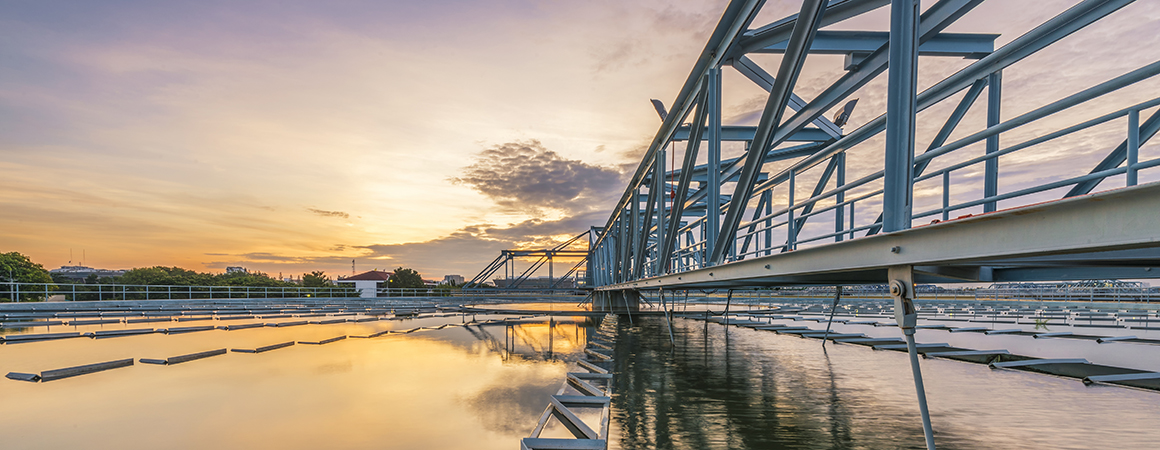BC Insider: Thermal drying of biosolids to make the most out of less waste - Brown and Caldwell
Published on by Water Network Research, Official research team of The Water Network in Case Studies
Thermal drying offers wastewater treatment facilities a solution to reduce risks and increase resource recovery
John Ross and Natalie Sierra

For wastewater treatment facilities (WWTFs), thermal drying of biosolids has emerged as a solution to address risks and leverage beneficial reuse opportunities. That’s because across the country, WWTFs are facing more emerging contaminants such as PFAS and the ensuing more stringent regulations, rapidly rising landfill and end use costs, and growing waste streams.
In this evolving and uncertain market, facilities are looking at upstream solids improvements and downstream technologies to process the biosolids into other valuable products. By making the most out of less waste, thermal drying does both.
What is thermal drying?
Thermal drying is the use of heat — either direct (convection) or indirect (conductive) — to evaporate water from biosolids, typically reducing water content to 10% or less. Thermal drying also produces a low-odor, pathogen-free, and nutrient-rich Class A biosolids product.
Benefits
Thermal drying not only addresses waste management challenges, but also contributes to resource recovery and promotes an eco-friendlier approach to wastewater treatment byproduct utilization:
Reduced cost and risk: By reducing the mass of the waste by four to five times, the need and associated cost for transportation and disposal is greatly reduced. While WWTFs can’t control the fluctuating and rising landfill and fuel costs, the amount of waste to be disposed can be controlled, reducing financial risk in uncertain times.
Beneficial reuse: Because the resulting dried biosolids are typically categorized as Class A, they can be utilized for a more diverse array of beneficial reuse opportunities. This includes non-agricultural opportunities such as fertilizer blending or land reclamation for urban areas with dwindling farmland as well as opportunities at a farther distance given the reduced hauling expense.
Renewable energy: Biosolids have a heating value similar to a low-grade coal, allowing thermal dryer systems to process biosolids into a renewable thermal energy fuel and with further processing, generation of biochar, or concentrated minerals.
PFAS: While thermal drying alone won’t destroy PFAS and meet potential regulations, it is a precursor for next steps for destruction and compliance. Taking this pre-emptive step can set a facility up for the flexibility to adjust for compliance requirements.
2 real-world examples
How are the benefits of thermal drying realized in practice? Here are two real-world examples of facilities using thermal drying to enhance their operations and outcomes.
North Shore Water Reclamation District
North Shore Water Reclamation District’s (NSWRD) offsite, contracted-operated dryer facility has the capacity to process 32 dry tons of solids per day from its three WRFs. It is one of a handful of dryer facilities in the United States that dries wastewater solids without an upfront anaerobic digestion step. Anaerobic digestion conditions and homogenizes wastewater solids, making the product easier to dry and less odorous, but represents a large capital investment.
Attached link
https://brownandcaldwell.com/2024/01/bc-insider-thermal-drying-of-biosolids-to-make-the-most-out-of-less-wasteTaxonomy
- Sludge Separation
- Sludge Management
- Sludge Drying